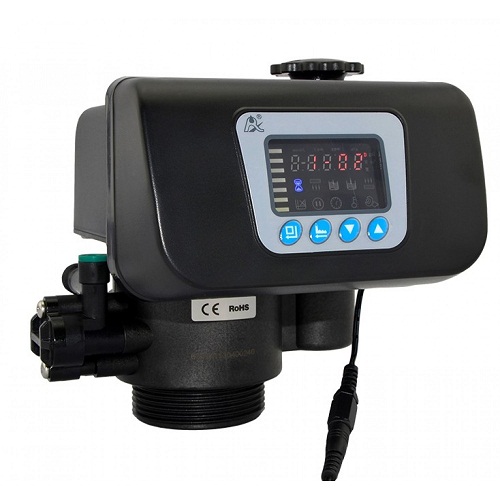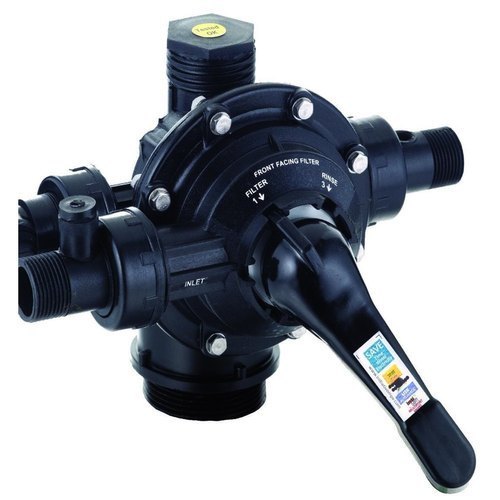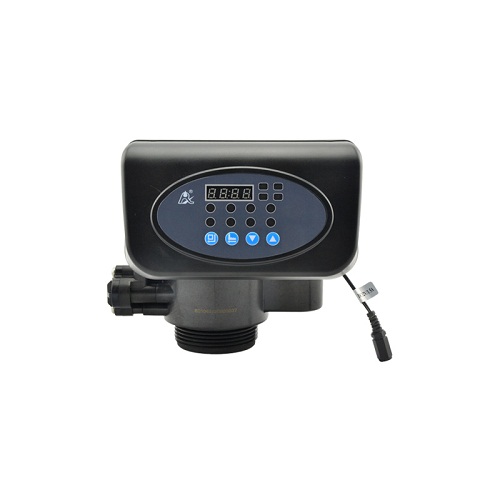
our category
AUTO MULTI PORT VALVE
Auto Multi-Port Valve: A Key Component for Efficient Fluid Control
An Auto Multi-Port Valve is an advanced type of valve used in automated systems to control the flow of liquids, gases, or other materials through multiple paths within a pipeline or system. These valves are often used in CIP systems, process control systems, and other fluid distribution networks where multiple flow directions or pathways are required.
The primary function of an Auto Multi-Port Valve is to automatically direct fluids to multiple points in a process system based on pre-programmed logic or sensor input, ensuring efficiency, flexibility, and reliability in fluid handling. These valves are commonly used in food and beverage, pharmaceutical, chemical, and water treatment industries.
Enquire Now
What is an Auto Multi-Port Valve?
An Auto Multi-Port Valve is a type of valve that integrates multiple ports or connections into a single valve body. Unlike standard valves that only control a single flow path, multi-port valves allow the redirection of the flow to multiple outlets or inlets. The “auto” aspect refers to the automated operation of the valve, which is controlled electronically or pneumatically rather than manually.
Typically, these valves are designed to switch flow between different chambers, pipelines, or containers, making them ideal for processes that involve switching between different cleaning cycles, diverting materials to multiple locations, or routing fluids to various parts of a system.
Key Features and Characteristics of Auto Multi-Port Valves
-
Multiple Ports for Diversion:
- These valves have several ports (inlets or outlets), allowing them to direct fluid flow to multiple paths with a single valve body. For example, a 3-way or 4-way valve may be used to route fluids to different sections of a process system.
-
Automatic Operation:
- Auto multi-port valves are automated, meaning they operate without human intervention. They can be controlled through electrical, pneumatic, or hydraulic systems, depending on the application.
-
Versatile Flow Control:
- The valve can switch between different flow paths, enabling complex routing and re-routing of fluids. This feature is highly valuable in systems requiring multiple cleaning cycles, or in cases where fluid needs to be directed to different containers or tanks.
-
Precision and Reliability:
- These valves offer precise control of fluid flow, ensuring that the correct volume or type of fluid is directed to the appropriate location. Their reliability minimizes the risk of errors and ensures the smooth operation of industrial processes.
-
Sanitary Design:
- In industries like food and beverage or pharmaceuticals, sanitary multi-port valves are crucial for ensuring hygiene and preventing contamination. These valves are designed to be easily cleaned and sterilized, with smooth internal surfaces to minimize the risk of residue buildup.
-
Corrosion Resistance:
- Multi-port valves are often made from high-quality, corrosion-resistant materials like stainless steel, ensuring durability and preventing contamination from rust or corrosion. This is particularly important in industries where the valve comes into contact with aggressive chemicals or high-temperature fluids.
-
Compact and Space-Saving:
- Multi-port valves are often more compact than using multiple single-path valves, saving valuable space and reducing system complexity. This makes them ideal for systems where space is limited or where a streamlined, efficient design is required.
How Does an Auto Multi-Port Valve Work?
Auto Multi-Port Valves function by using a combination of actuator mechanisms, sensors, and control systems to automatically adjust their position. Here’s a breakdown of how they typically work:
-
Actuation:
- The valve’s actuator, which can be pneumatic, electric, or hydraulic, is responsible for physically moving the valve's internal mechanism. The actuator is controlled based on input from a central control system or sensors monitoring the process.
-
Switching Flow:
- Depending on the configuration of the valve (e.g., 3-way, 4-way, etc.), the actuator moves the internal mechanism (often a rotary disc or piston) to direct the flow of liquid or gas to different ports. This allows fluid to be diverted to different parts of the system without the need for multiple valves.
-
Control:
- The control system monitors the valve and sends signals to the actuator to change the valve’s position based on the system’s requirements. For example, in a CIP system, the valve might switch between different cleaning agents or rinse cycles, directing them to the appropriate chambers or pipelines.
-
Feedback and Sensors:
- Many auto multi-port valves are equipped with sensors that provide feedback to the control system. This ensures that the valve is functioning properly and that the flow is directed to the correct port. Sensors may monitor parameters such as pressure, flow rate, and valve position.
Applications of Auto Multi-Port Valves
Auto Multi-Port Valves are widely used in various industries due to their versatility and automation capabilities. Some common applications include:
-
CIP (Clean-In-Place) Systems:
- In CIP systems, auto multi-port valves are used to control the flow of detergents, sanitizers, and rinse water through the system. These valves can switch between different solutions and direct them to different parts of the system for thorough cleaning and disinfection.
-
Food and Beverage Industry:
- In food and beverage processing, these valves help manage the flow of liquids like milk, juices, beer, or soft drinks between various tanks, pipelines, and production lines, ensuring proper routing and process efficiency.
-
Pharmaceutical and Biotech:
- In pharmaceutical production, where sterility and contamination control are crucial, auto multi-port valves are used in systems where fluids need to be directed between different sterilization chambers, mixing tanks, or reactors.
-
Chemical Processing:
- Auto multi-port valves are used in chemical processing plants for diverting corrosive or hazardous chemicals between reactors, storage tanks, or processing units.
-
Water Treatment:
- In water treatment facilities, these valves can help switch between different stages of filtration, treatment, and distribution, ensuring that water is properly routed through each stage of the treatment process.
-
Oil and Gas:
- In oil and gas operations, auto multi-port valves are used to control the flow of different materials such as crude oil, natural gas, or refined products through pipelines and tanks.
Advantages of Using Auto Multi-Port Valves
-
Improved Process Efficiency:
- By combining multiple valves into one unit, auto multi-port valves help reduce the complexity of a fluid distribution system, improving overall efficiency and minimizing the risk of errors.
-
Space-Saving:
- Multi-port valves are compact and save space compared to using multiple single-path valves, making them ideal for applications where space is limited.
-
Reduced Maintenance:
- With fewer valves to maintain and manage, system maintenance becomes simpler, leading to reduced downtime and lower maintenance costs.
-
Increased Flexibility:
- These valves provide flexibility in process control, allowing for quick switching between different fluid paths, which is particularly useful in systems that require frequent changes in flow direction or fluid type.
-
Automation and Remote Control:
- Auto multi-port valves can be integrated into automated control systems, providing remote monitoring and operation. This eliminates the need for manual intervention, improving both speed and safety.
-
Hygienic and Sanitary Design:
- Many multi-port valves are designed to meet stringent sanitary standards, ensuring that the flow of food-grade liquids or pharmaceutical solutions is clean and free from contamination.
Maintenance and Care for Auto Multi-Port Valves
Like all automated components, auto multi-port valves require regular maintenance to ensure proper functionality and longevity. Some maintenance tasks include:
- Inspecting valve seals and gaskets for wear and tear to prevent leaks.
- Cleaning valve parts to prevent build-up of dirt or contaminants, especially in sanitary applications.
- Lubricating moving parts (actuators) to ensure smooth operation.
- Monitoring actuator performance and ensuring that the valve switches as programmed.
- Checking for any sensor malfunctions or faulty feedback signals.
Conclusion
Auto Multi-Port Valves are indispensable in industries requiring automated, reliable, and efficient fluid handling. These valves enable the flexible and precise routing of fluids, making them essential for applications in CIP systems, food and beverage, pharmaceuticals, chemicals, and more. Their automation, versatility, and hygienic design make them a critical component for maintaining smooth, efficient, and safe industrial operations. Whether in complex fluid networks or simplified production systems, auto multi-port valves offer substantial benefits in terms of space, cost savings, and overall system performance.


